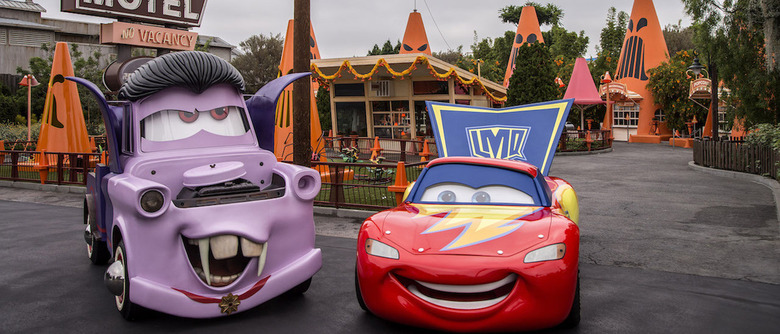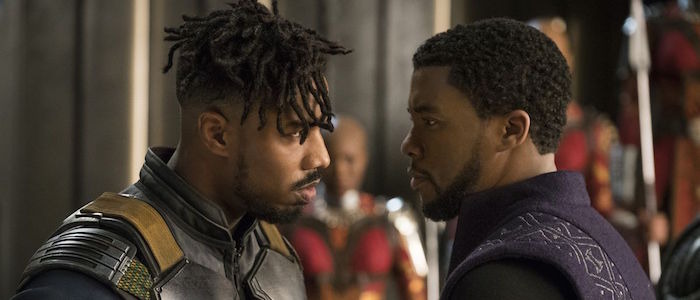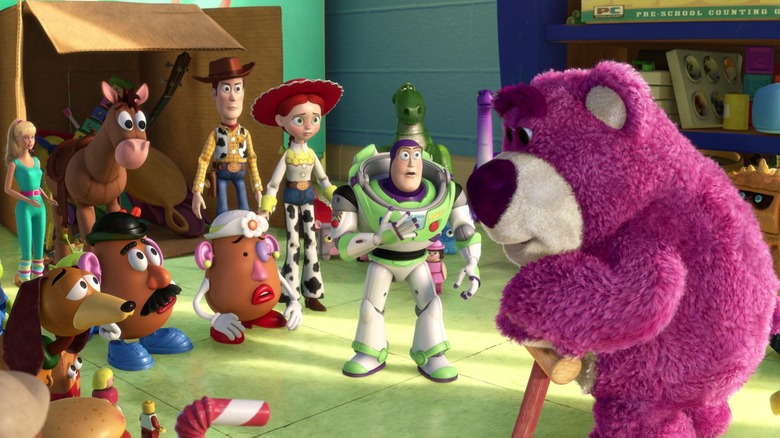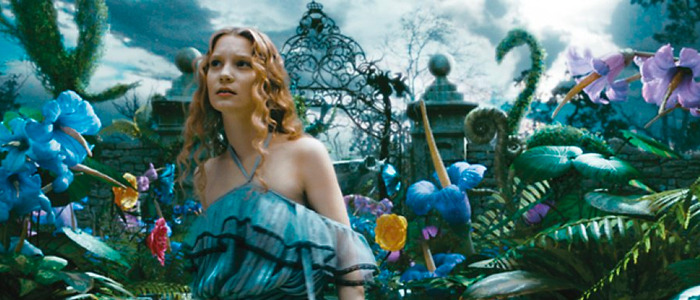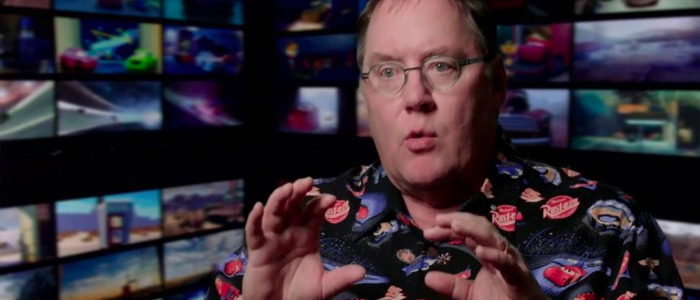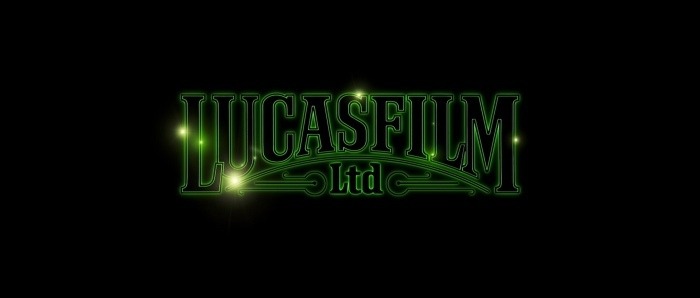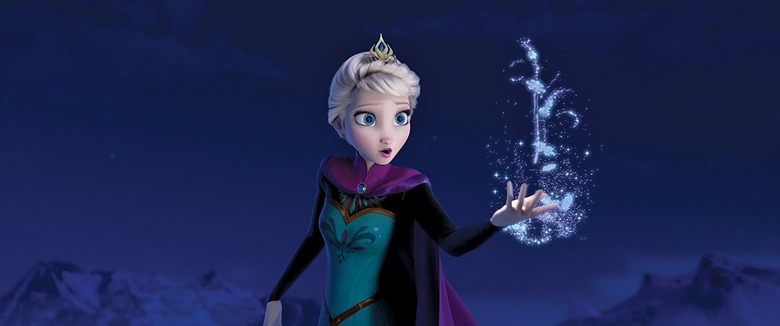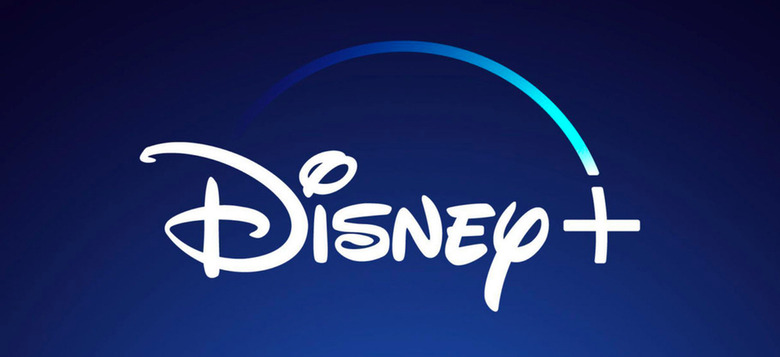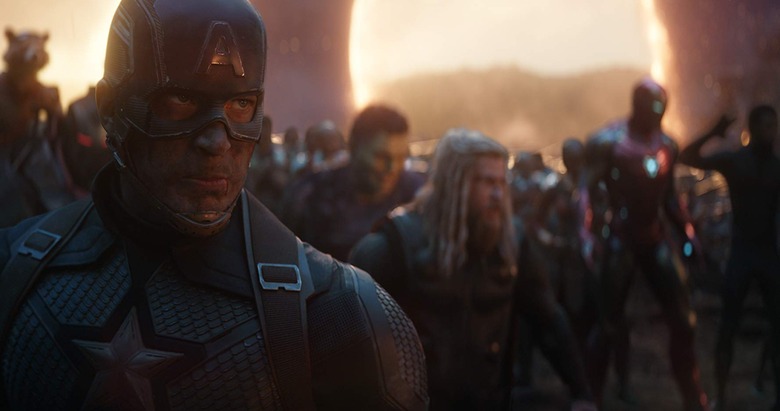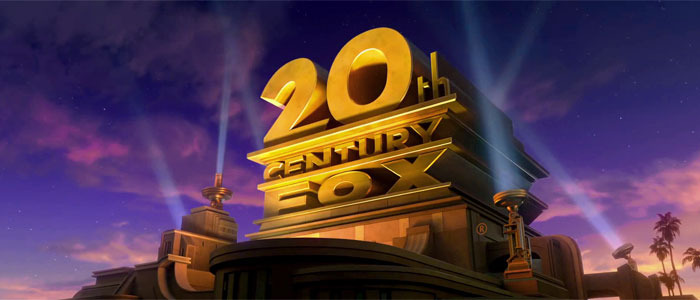The 10 Ways Disney Dominated The Film Industry This Decade, For Better And Worse
(This article is part of our Best of the Decade series.)When all is said and done, the Walt Disney Company owned the 2010s. On December 31, 2009, the company finalized a major merger that further defined the ensuing 10 years: they officially bought Marvel Entertainment, thus ensuring that the Marvel Cinematic Universe would be a Disney property. Over the last 10 years, Disney has gradually, forcefully exerted its influence within the world of entertainment, from film to television to merchandise to theme parks. As it stands now, the Walt Disney Company is a corporate behemoth, likely to get bigger and bigger before the bubble bursts. As we look back at the decade that was in the world of popular culture, let's consider 10 of the ways that defined this as the Decade of Disney.
10. Cars Land opens in Disney California Adventure
For decades, one of the things that made the Disney theme parks truly wonderful, immersive experiences were their dedication to a theme, as opposed to an intellectual property. That dedication has shifted over time, with the shift best being personified by the unveiling of Cars Land in 2012 at Disney California Adventure. As the title of the land implies, it's all about the world of Pixar's Cars films (primarily just the 2006 original), with three attractions, a couple restaurants, and stores all meant to evoke Radiator Springs, where race car Lightning McQueen learns the value of living life at a slower pace. The IP-ification of the Disney theme parks has continued since then, with Star Wars: Galaxy's Edge opening in both Disneyland and Walt Disney World this year, an Avatar area in Disney's Animal Kingdom, and a Marvel land soon to come. Disney's theme parks are now defined by their IP, a change that first started when humans got to interact with Lightning McQueen and Mater.
9. Black Panther getting a Best Picture nomination
We're still a few weeks away from when the Oscars announce what films will be nominated for the year 2019, and there's little doubt that some of the debate online will come from whether or not Joker and Avengers: Endgame do or don't get nominations in the big categories. Now, at least, there's a bit more precedence to wondering why those titles do or don't get Best Picture nominations. (I'm not the best prognosticator, but regarding Endgame, don't get your hopes up.) That's because Black Panther did what many other comic-book films have failed to do: get a Best Picture nomination. The 2018 MCU title is one of their standouts, taking hold of a culturally and socially conscious moment. Director Ryan Coogler infused the story with a distinct flair absent from many MCU pictures, and delivered a popcorn movie with a brain in ways that haven't been seen often before. It's still a shame that The Dark Knight never got that Best Picture nod in 2008, but Black Panther was a case of the established industry recognizing the power of the MCU, a victory for the studio and its parent company.
8. Toy Story 3 making a billion dollars worldwide
Throughout the first 15 years of features they released, Pixar Animation Studios was not in the habit of releasing sequels. Yes, their third feature, Toy Story 2, was a sequel — and widely praised upon its release — but that was it. The intervening 10 years brought audiences original films like Up, Ratatouille, and The Incredibles. Things changed in the summer of 2010 when Pixar went back to the well once more with Sheriff Woody, Buzz Lightyear, and the rest of Andy's toys with the hugely exciting, emotionally terrifying Toy Story 3. The film wasn't just a hit at the box office, grossing more than $400 million domestically. It received a Best Picture nomination at the Oscars, just one of three animated features to receive the honor. And it led Pixar to make a lot more sequels in this decade: six of the films they released after Toy Story 3 were sequels or prequels. Next year, for the first time since 2015, they'll have two original films in theaters, but their sequels have dominated the discussion this decade, emphasizing the value of IP over new storytelling.
7. Alice in Wonderland proving the power of the remake in 2010
The Walt Disney Company was not immune to remaking its own stories before 2010. In the mid-1990s, both 101 Dalmatians and The Absent-Minded Professor served as the foundation for remakes starring Glenn Close and Robin Williams, respectively. But it was only after the surprising success of Tim Burton's redo of Alice in Wonderland that the studio leaned hard into remaking or reviving its older stories. Leave aside the fact that Alice in Wonderland is genuinely garish, dramatically inert, and truly dull. It made a billion dollars, taking advantage of the fact that Avatar had revived audience interest in 3D to deliver a retrofitted 3D phantasmagoria. What Alice in Wonderland did was pave the way for equally big hits at the box office: remakes of Aladdin, Beauty and the Beast, and The Lion King all made a billion dollars each. Not every remake has worked (only one has creatively, and that's the relatively low-grossing film Pete's Dragon), but they all got started because of a little something...called the Futterwacken. (I'm not sorry. I didn't make that sequence.)
6. John Lasseter leaving the company in 2018
The mid-2000s were good for John Lasseter — once Disney CEO Michael Eisner stepped down and Robert Iger succeeded him in the role, Pixar became one of the most important parts of the Walt Disney Company. Lasseter and Ed Catmull were basically given the keys to the kingdom, overseeing both Pixar and Disney Animation, as well as consulting on Walt Disney Imagineering. But oh, how the mighty have fallen. Though Pixar hasn't stumbled too much this decade, Lasseter himself became one of many powerful men in Hollywood accused of serious sexual-harassment allegations, which led to him resigning from Disney in 2018. He's since been installed at the fledgling Skydance Animation, but his leaving Disney, a studio that felt defined by his ebullient, Hawaiian-shirt-adorned presence for so long, was the sign of a big cultural shift.
5. Buying Lucasfilm in 2012
Months after The Avengers became a huge hit for Disney, the company announced a new acquisition that would have a ripple effect for years to come: they were going to buy Lucasfilm. Which, in effect, meant that the Walt Disney Company was going to re-invest in new Star Wars content, from films to TV shows to theme-park sections. Though the spin-off films have been an up-and-down proposition (Rogue One was a huge box-office hit that also had production issues, while Solo...just had production issues), the sequel trilogy coming to a close this month has been a smashing success, The Mandalorian is a social-media dream come true, and Star Wars: Galaxy's Edge has dominated theme-park news for months. Though Lucasfilm hasn't churned out content quite as much as Marvel has in the last few years, their presence in the Disney lineup is unquestionably dominant.
4. Frozen being a massive hit in 2013
Disney animated features are a hallmark of popular culture, in spite of not always being hugely successful at the domestic box office. Before the arrival of Frozen in 2013, the studio's biggest hit was The Lion King in 1994, and a few of its recent titles had failed to break out as Disney wished. (This is, to note, not a comment on those films' qualities. This writer is here to tell you that The Princess and the Frog is one of the studio's best, even if it didn't make a billion dollars worldwide.) Frozen, a riff on Hans Christian Andersen's "The Snow Queen", broke out and then some, grossing $400 million domestically and even more cash around the world, with the anthem "Let It Go" becoming one of the most unavoidable songs in film history. The anticipated sequel arrived in theaters last month, after years of short films, toys, theme-park presence, in-jokes, and more, and has proved to be as big a hit as the original. Frozen helped breathe new life into Walt Disney Animation Studios at a time when they needed it most.
3. Disney+
In 2010, Netflix didn't have a foothold in original programming. (Hell, 2010 was a year before the whole Qwikster debacle. Remember when Netflix was going to rebrand part of its service as Qwikster? Good times.) But by the end of the decade, streaming services have become the name of the game and Disney isn't being left behind to license its content to an outside entity. Instead, just weeks ago, they unveiled Disney+, a streaming service that brings together most (but not all) of the content from the "Disney Vault", including more than 50 of the studio's animated features, many Pixar films, Star Wars movies, Marvel movies, animated shorts, documentaries, and 30 seasons of The Simpsons. Disney+ has just begun, but the House of Mouse putting its paws into the world of streaming is a major shift, one that other studios like Warner Bros. and NBC Universal are about to embark upon in the new year, too.
2. The Avengers and the power of the MCU
It is perhaps difficult to think now of exactly how big a gamble The Avengers was back in 2012. We think of the Marvel Cinematic Universe as this unstoppable force in all of popular culture, but when this film arrived in the summer of 2012, it followed such mild hits as Thor, Iron Man 2, and Captain America: The First Avenger. You'd have to combine the domestic grosses for those three films to surpass the huge amount of money that this team-up adventure amassed. Now, a successful Avengers film feels like it would always be a foregone conclusion, but you need only look at the films of the DC Extended Universe, as well as other fallen franchises, to realize how challenging it was to both introduce a disparate group of characters, and bring them together, and make it entertaining, and make it successful. Writer/director Joss Whedon and producing whiz Kevin Feige did that with The Avengers, which made certain what previous titles hadn't: the MCU was here to stay.
1. Buying 21st Century Fox
Of the various mergers and acquisitions the Walt Disney Company has enacted over the last 25 years — starting when they bought out the ABC television network — this one is the most massive. It's hard to imagine that a company 15 years removed from nearly losing one of its crown jewels (Pixar Animation Studios) to the competition now houses three different animation studios, let alone multiple film distribution units, access to more television options, franchises, and more. But when Disney announced its intent to buy out the majority of 21st Century Fox (leaving out some college-sports networks and Fox News), it was an earth-shaking moment in media and culture. Disney is now one of the Big Five studios, with Star Wars, Avatar, Marvel, Pixar, and more. Disney's decade has been defined by a number of massive and culturally altering stories, but none quite so big as when the Mouse gobbled up a Fox.

